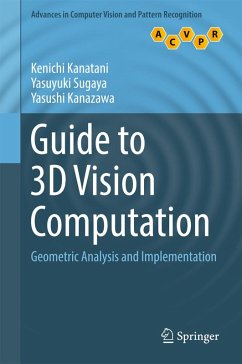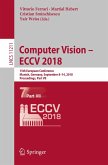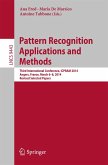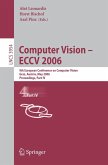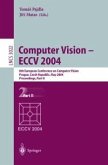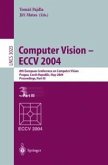This classroom-tested and easy-to-understand textbook/reference describes the state of the art in 3D reconstruction from multiple images, taking into consideration all aspects of programming and implementation. Unlike other textbooks on computer vision, this Guide to 3D Vision Computation takes a unique approach in which the initial focus is on practical application and the procedures necessary to actually build a computer vision system. The theoretical background is then briefly explained afterwards, highlighting how one can quickly and simply obtain the desired result without knowing the derivation of the mathematical detail.
Topics and features:
This accessible work will be of great value to students on introductory computer vision courses. Serving as both as a practical programming guidebook and a useful reference on mathematics for computer vision, it is suitable for practitioners seeking to implement computer vision algorithms as well as for theoreticians wishing to know the underlying mathematical detail.
Topics and features:
- Reviews the fundamental algorithms underlying computer vision, and their implementation
- Describes the latest techniques for 3D reconstruction from multiple images
- Summarizes the mathematical theory behind statistical error analysis for general geometric estimation problems
- Offersexamples of experimental results, enabling the reader to get a feeling of what can be done using each procedure
- Presents derivations and justifications as problems at the end of each chapter, with solutions supplied at the end of the book
- Explains the historical background for each topic in the supplemental notes at the end of each chapter
- Provides additional material at an associated website, include sample code for typical procedures to help readers implement the algorithms described in the book
This accessible work will be of great value to students on introductory computer vision courses. Serving as both as a practical programming guidebook and a useful reference on mathematics for computer vision, it is suitable for practitioners seeking to implement computer vision algorithms as well as for theoreticians wishing to know the underlying mathematical detail.
Dieser Download kann aus rechtlichen Gründen nur mit Rechnungsadresse in A, B, BG, CY, CZ, D, DK, EW, E, FIN, F, GR, HR, H, IRL, I, LT, L, LR, M, NL, PL, P, R, S, SLO, SK ausgeliefert werden.

